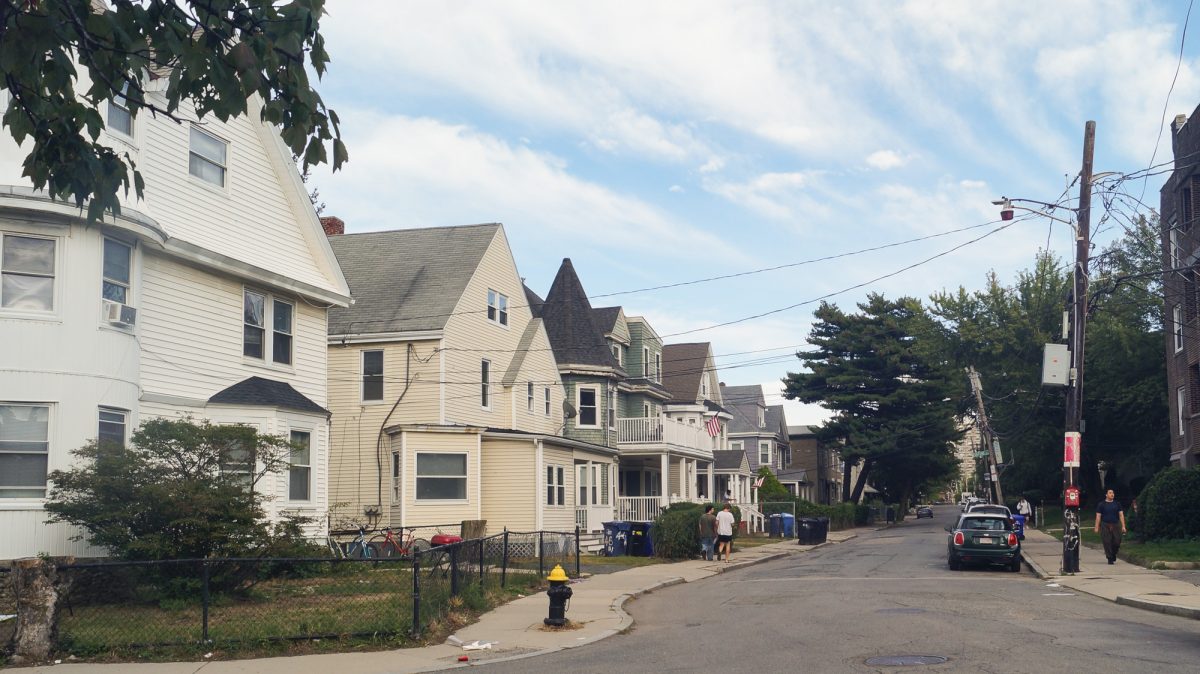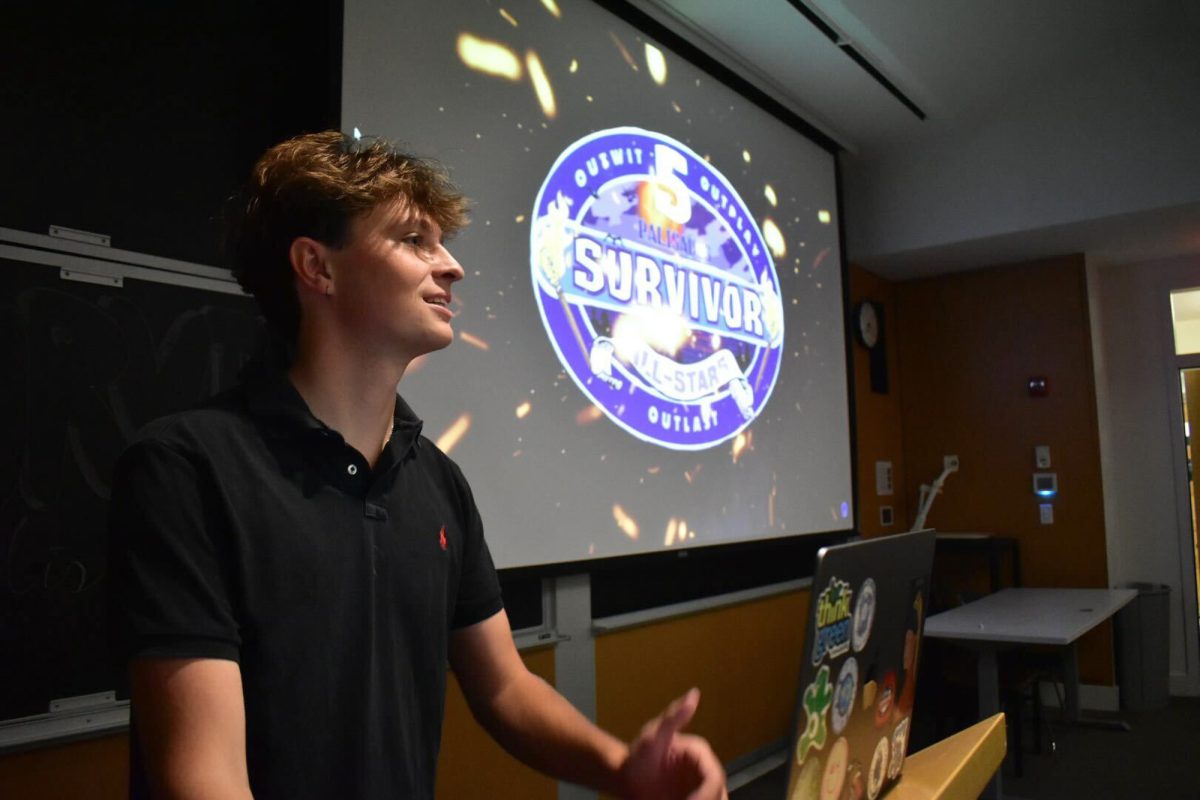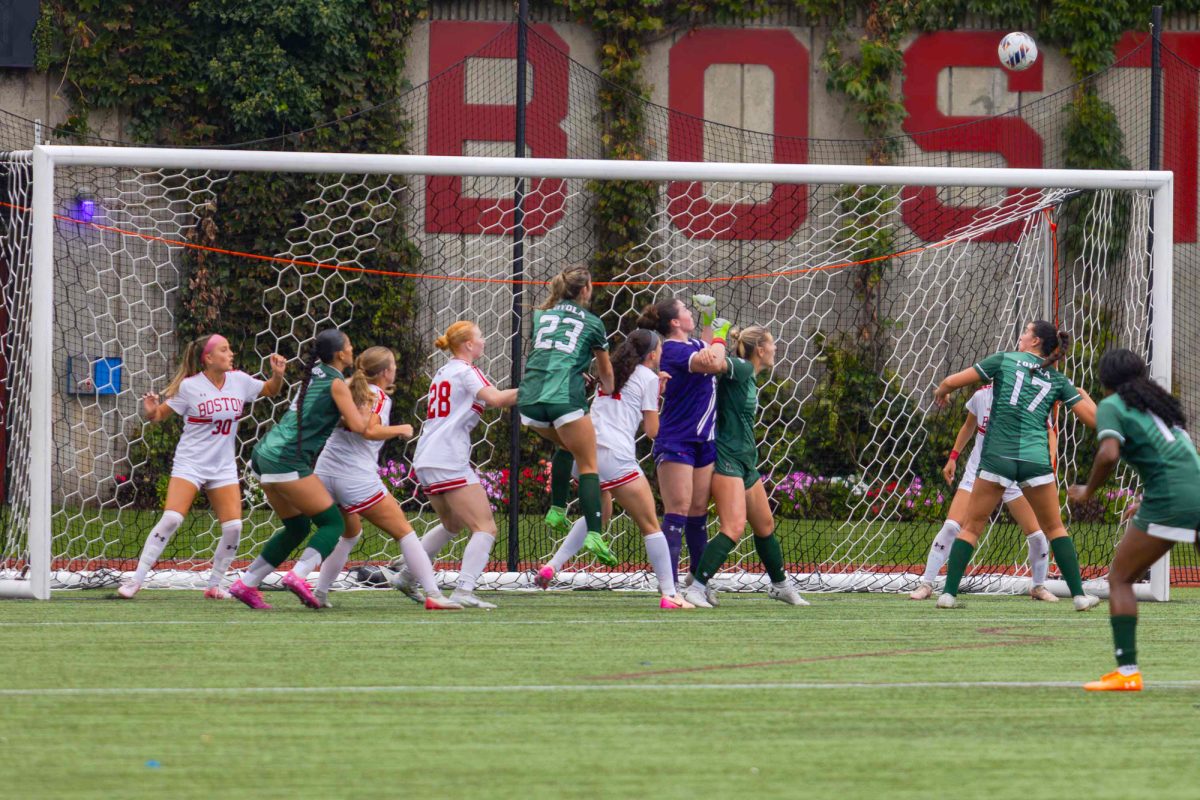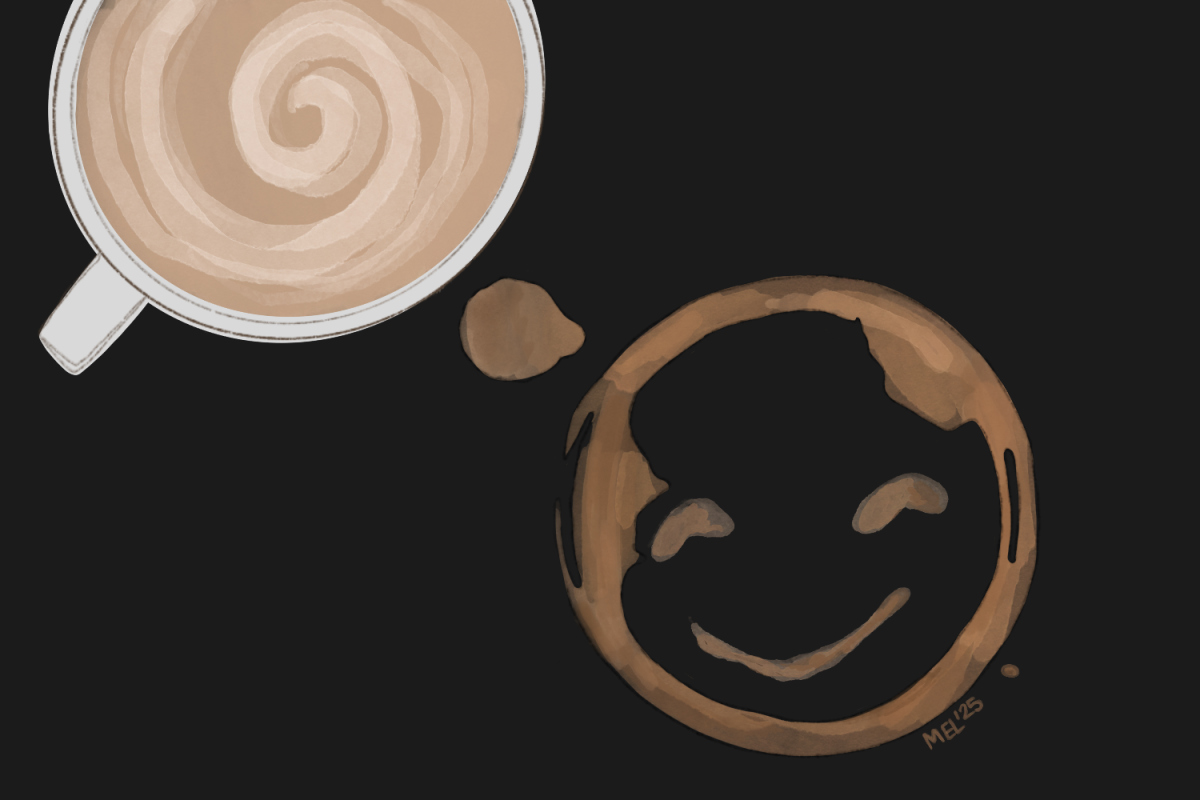
In the tradition of “Carrie” and “The Shining,” Stephen King brings us another thrilling narrative in which an ordinary, unsuspecting person navigates through a grotesque alternate reality.
“11.22.63,” a new mini series co-produced by King and J.J. Abrams, premiered its first episode Monday on Hulu. The series, based off Stephen King’s novel of the same title, challenges the viewer with ironic twists and turns and provides a glimpse back in time at the political and cultural climate of the 1960s.
In the first episode, we’re introduced to Jake Epping, (James Franco) a simple high school teacher from small-town Maine. His life mainly consists of teaching English to high schoolers and a creative writing night class to adults. Despite the seemingly innocuous setting, the opening scene of the episode is classic King — one of Jake’s adult students reads a violent personal essay in front of the class in which he describes the murder of his family when he was six years old.
Following the graphic introduction, the episode tones down the violence and gore, focusing primarily on the goings-on of Jake’s life in his town: his recent divorce, his catty co-workers and a high school student who watches YouTube videos of dancing animals during class discussions.
However, the plot quickly moves along and Jake’s sense of normalcy quite literally reverses. His friend, an elderly man who runs the local diner, tells Jake that he needs to go back in time to stop the assassination of John F. Kennedy. He can do this by entering a time-traveling portal in the back of the diner, which takes him to the same diner in Maine on Oct. 20, 1960.
The show didn’t delve too deep into the logistics of the time travel, but rather explored the presidency of JFK and the impact of his assassination on U.S. history. It stays historically accurate to the last detail.
Once Jake agrees to go back in time, the show brings back the familiar Stephen King-esque elements that fans have grown to love, such as unpredictable plot twists and eerie, inexplicable occurrences.
“11.22.63” succeeds in telling a complicated storyline in a straightforward, accessible way. Screenwriter Bridget Carpenter writes concise, intelligent dialogue that moves the story along quickly and leaves little room for dull moments. It is easy to sympathize with Jake simply because the viewer discovers new information right alongside him.
As Jake explores the surreal, alternate reality of the 1960s, a time when men wore hats and suits and the bathrooms were segregated by race, the audience sees this world through the same 21st-century eyes as the main character.
But the show is not simply about a millennial exploration of the 1960s and trying to stop a major historical event from happening. It also plays upon the viewer’s darkest fears and ties it into the main plot of the show— some scenes are nightmarish in nature.
In one instance, a woman who is killed in a car crash reawakens from death and threatens Jake, telling him he “shouldn’t be here.” In another, Jake needs to flee from security guards and accidentally traps himself in a storage room infested with cockroaches. These scenes are jarring and add horrific dimension to the narrative. After all, a Stephen King TV series would be lackluster without scenes like these.
Visually, the cinematography seeks to highlight the differences between the 1960s and today’s modern world. The 21st-century diner is portrayed as bleak and facing decrepit ruin, while the 1960s diner is a major hub for the town and depicted as far more colorful and vibrant.
The show also uses music to contrast the differences between the two eras. The 21st century portion (the first half of the episode) uses slower, more recent songs to serve as the soundtrack, while the 1960s portion of the episode uses lively, energetic hits of the decade to set the tone for the events of the later scenes.
“11.22.63” grapples with relevant questions regarding U.S. politics and culture while simultaneously bending the rules of reality. There is unexpected strangeness in the most common places. It challenges what we think we know about the U.S. politics of the 1960s and takes it a step further by exploring an alternate past.
























































































































